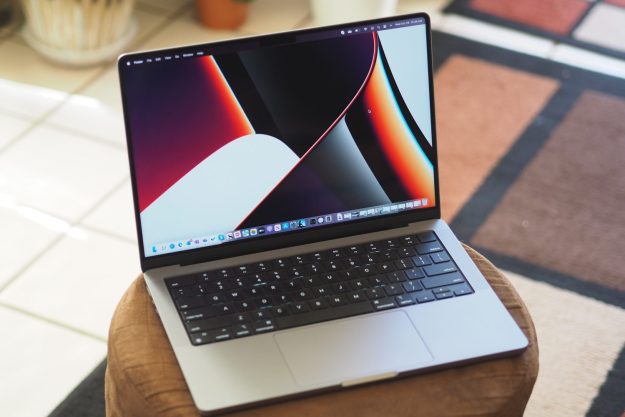There aren’t many Apple-1 machines remaining, given that only 175 were originally sold at the ominous-sounding price of $666.66 in 1976. In fact, at most, there are 60 left, of which only eight are thought to still be in working condition, and one of them will be available for purchase in May, Macrumors reports.
The Apple-1 in question is owned by Auction Team Breker, a German auctioneer, and the sale includes all of the original documentation including the user manual. If that is not enough to entice prospective buyers, the auction also includes the motherboard and cassette recorder’s original sales receipt, along with a paper record of phone conversations with both Apple founders.
Judging by past auctions of Apple-1 machines, this iteration could bring a middle to high six-digit bid. For example, Sotheby’s auctioned a working Apple-1 in 2012 and netted a cool $374,500, while Breker successfully moved another machine in May 2013 for $671,400. The record, however, was an Apple-1 auctioned off by Bonhams that brought $905,000.
If you have a few hundred thousand dollars to put down on an original and functional Apple-1, then note that you will be getting only the rare “NTI” motherboard and cassette recorder. The machine never did get an official case from Apple and other necessary parts, such as the keyboard, monitor, and power supply, were also up to buyers to procure. Breker has made things a little easier this time around, though, for anyone with upward of a million dollars to spend.
Editors' Recommendations
- Apple already has its next big chip, but you may never see it
- Steve Jobs’ handwritten Apple-1 ad fetches big bucks at auction
- Apple GPT is real and may be coming sooner than you think
- There’s great news if you want to buy Apple’s 15-inch MacBook Air
- Apple’s FaceTime may soon give you gesture control superpowers



